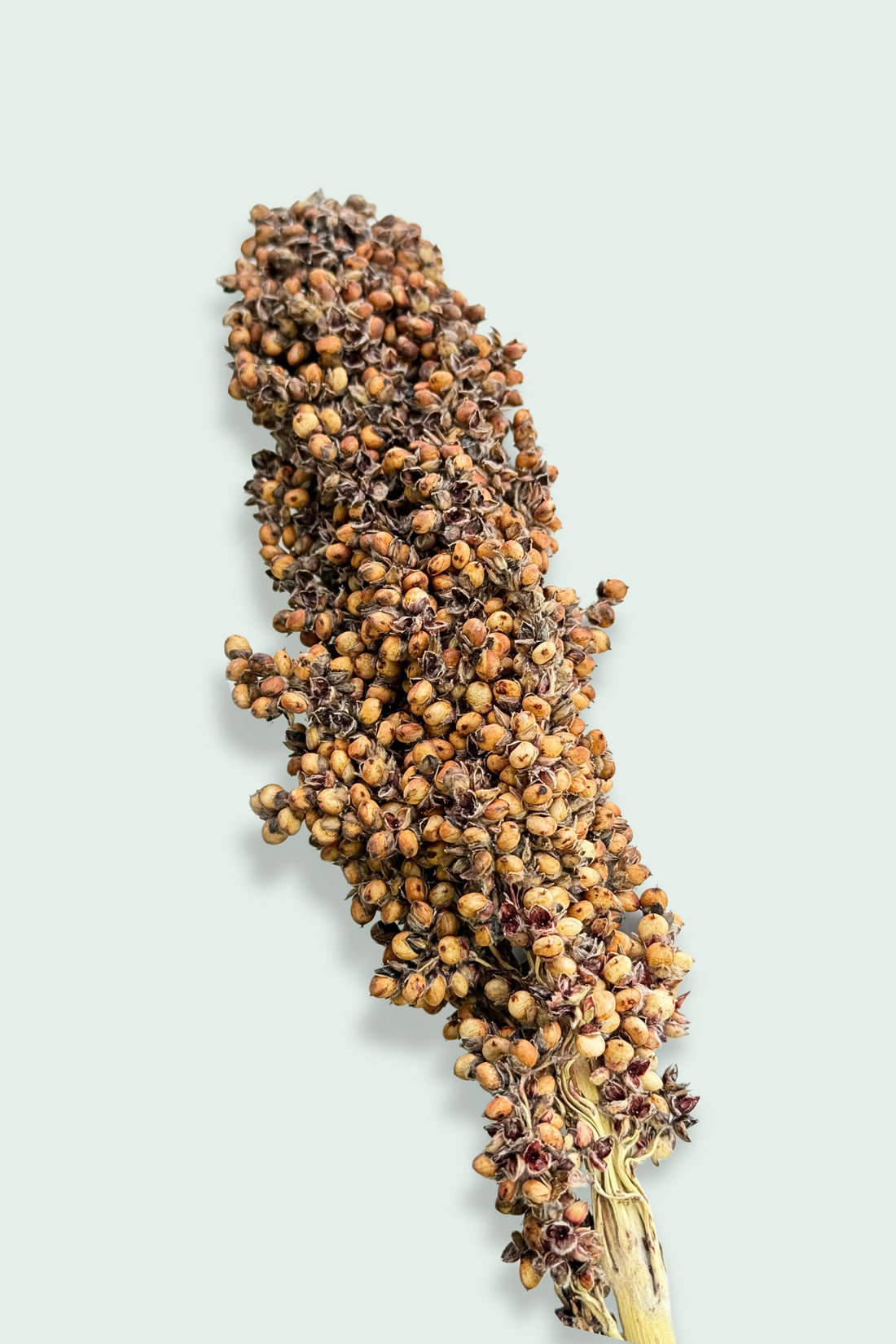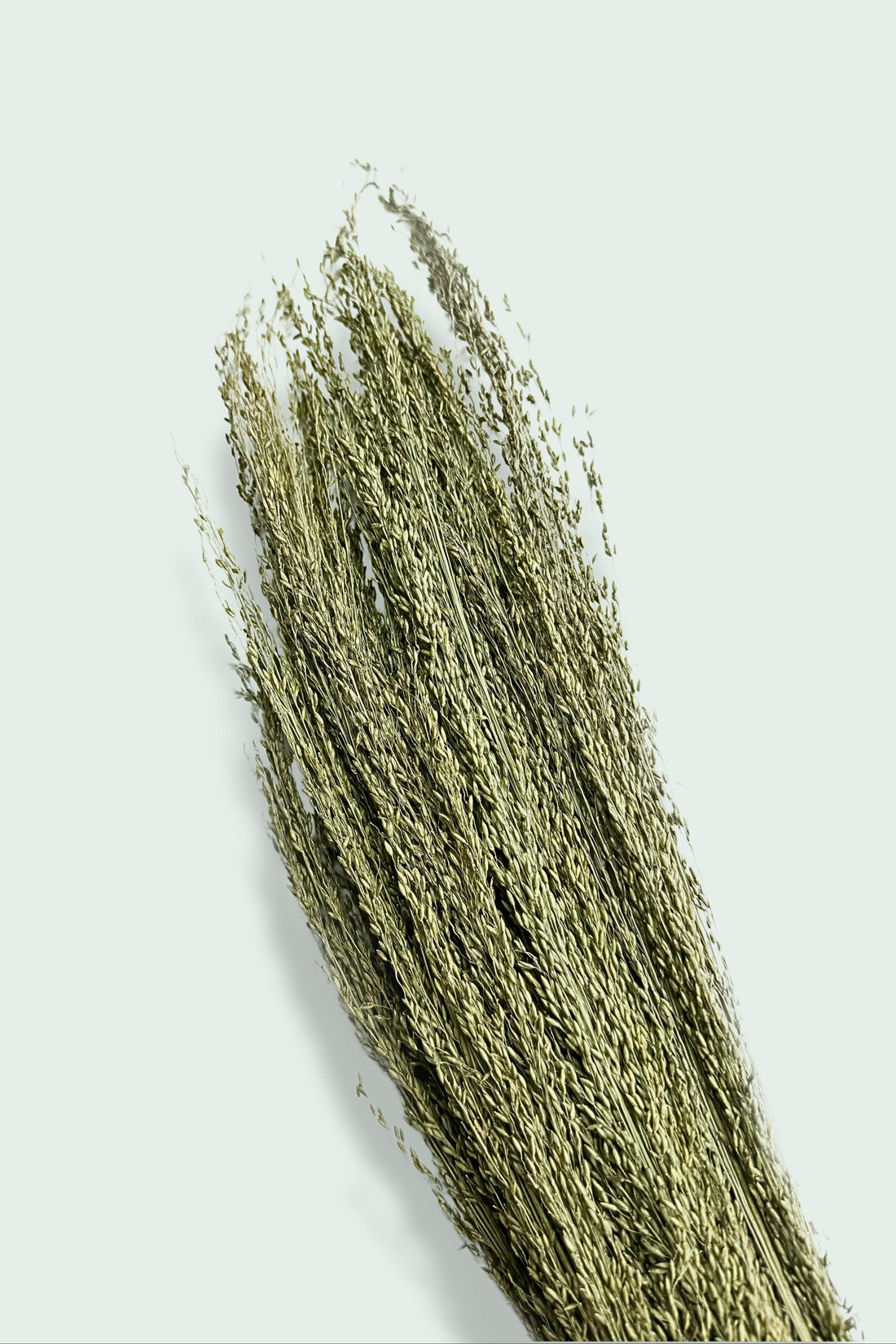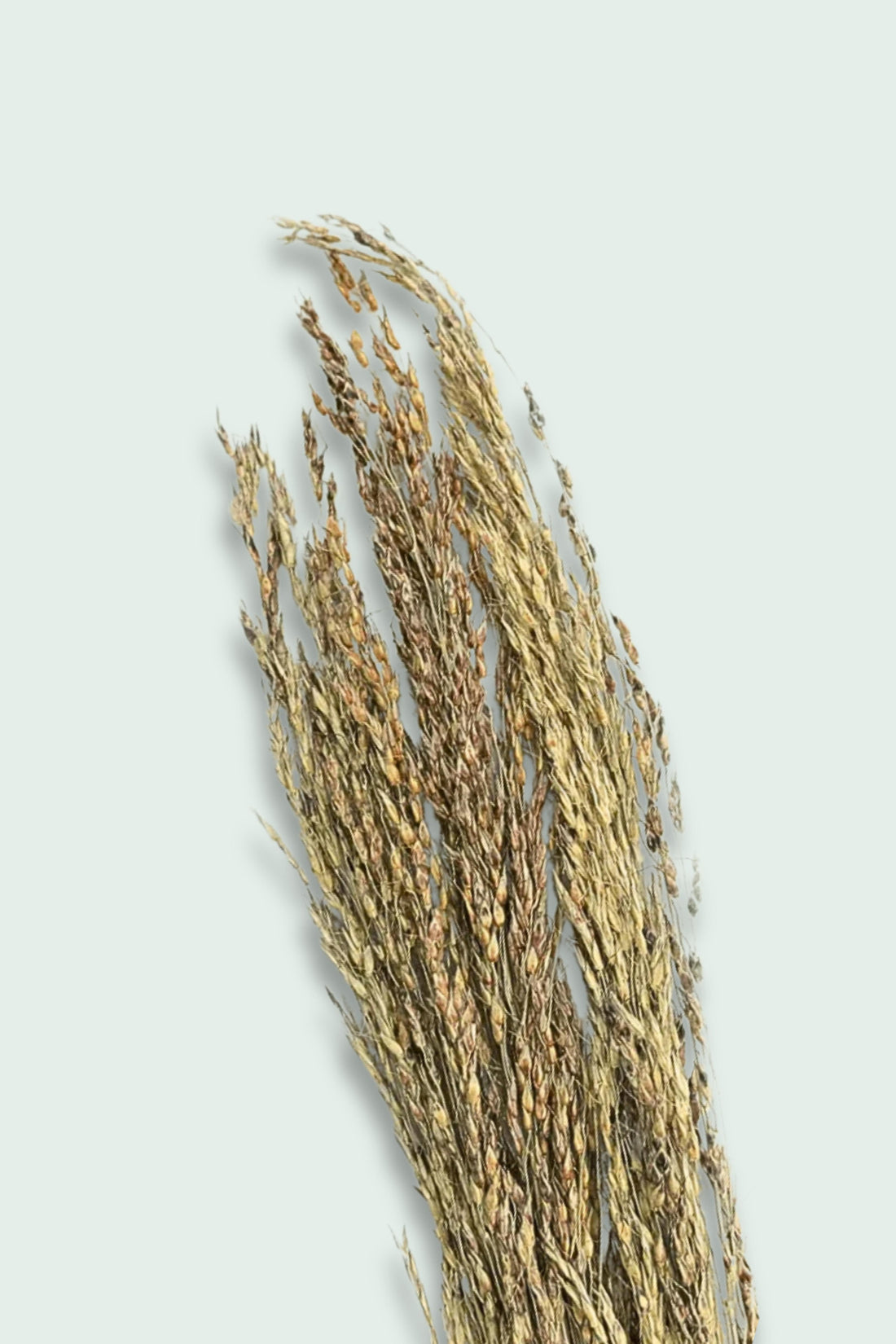Gerbils may be small, but their behavior is full of meaning. If you've ever wondered why your gerbil suddenly starts digging like mad, thumps its back legs, or chews on everything in sight, you're not alone. These quirky habits are completely natural—and understanding them will help you create a more enriching, stress-free life for your furry friend.
Let’s dive into the why behind these fascinating behaviors and how you can support your gerbil with the right supplies from Moony Paw.
1. 🕳 Why Do Gerbils Dig So Much?
Digging isn’t just a quirky habit—it’s one of the most important natural behaviors a gerbil can express. In the wild, Mongolian gerbils live in dry, arid regions where temperatures swing dramatically between day and night. To survive, they create elaborate underground burrow systems that serve as safe zones for sleeping, storing food, raising young, and staying cool.
Even in captivity, your gerbil is wired to do the same.
That’s why you’ll often see your gerbil digging frantically at the corners of the cage or rearranging their bedding. They're trying to build tunnels, chambers, and nests just like their wild cousins.
✅ What to Provide to Support Natural Digging:
-
6–10 inches of dust-free, natural bedding
A deep layer of bedding allows your gerbil to tunnel and burrow properly. Avoid shallow setups—anything less than 5 inches isn’t enough. We recommend using a mix of fibrous bedding materials for structure. -
🧱 Coconut Fibre
Mix coconut fibre into your gerbil’s bedding to help tunnels hold their shape. It creates the perfect texture for packing and reinforcing underground pathways. -
🏡 Banana Leaf Basket
This natural, edible nest doubles as a foraging bowl. When buried under bedding, it becomes a "burrow chamber" your gerbil can retreat to—just like a wild den.
💡 Bonus Tips:
-
Combine bedding with Angel Flower Mix or Leaf Flower Mix to encourage nesting and digging
-
Add cardboard tubes, stacked platforms, and textured chews for enrichment while they build
-
Clean only half the enclosure at a time to preserve their burrow structures and reduce stress
🛒 Ready to create a true gerbil paradise? Explore Our Gerbil Bedding & Hideout Collection »
Digging is more than a mess—it’s a sign your gerbil is happy, healthy, and living as nature intended. 🐹🪵✨
2. 🦶 Why Do Gerbils Thump Their Feet?
That sudden thump-thump-thump sound coming from your gerbil’s hind legs may catch you off guard—but don’t worry, it’s not a tantrum. It’s one of their most ancient survival instincts in action.
In the wild, gerbils live in open, arid regions like the Mongolian steppe, where predators can approach silently and quickly. To stay safe, gerbils developed a method of communicating danger to the rest of the group—by thumping their powerful back legs on the ground. This drumming sound acts as a warning signal to alert others in the burrow system to freeze or flee.
🛑 Why Your Gerbil Might Be Thumping at Home:
Although your home is predator-free (hopefully!), your gerbil doesn’t know that. Thumping can be triggered by:
-
🚶♂️ Sudden movements (e.g., someone walking past too fast)
-
🔊 Unfamiliar sounds (e.g., loud music, TV, vacuuming)
-
🐱 Other pets or perceived threats
-
👀 Shadows or reflections near the enclosure
Some gerbils may even thump out of frustration, excitement, or hormonal shifts, especially during adolescence or bonding attempts with a new cage mate.
🧠 How to Respond and Reduce Stress:
Your goal should be to help your gerbil feel safe, secure, and in control of their environment.
✅ Try these calming strategies:
-
🔇 Place their cage in a low-traffic, quiet area of your home. Avoid noisy rooms like kitchens or hallways near doors.
-
🗣 Use soft voices and slow, predictable movements when approaching the enclosure. Avoid tapping on the glass or reaching in too quickly.
-
🏡 Provide safe, cozy retreat spots where your gerbil can hide when frightened. The Natural Nibbles Coconut is a perfect example—it's a snuggly, edible hideaway that mimics the feel of a real burrow chamber.
🧘♀️ Enrichment to Lower Anxiety:
Stimulating toys and natural scents can also help reduce fear-based behaviours by giving your gerbil something positive to focus on.
-
🍩 Natural Nibbles Forage Donuts – These edible rings are packed with flowers and herbs that engage the senses and encourage healthy chewing.
-
🌸 Hanging Flower Cookies – Suspend them in the cage to promote curious, vertical play.
-
🌾 Sprays like Broom Millet or Flax – Scatter these around the enclosure to simulate foraging and distract from environmental stress.
🛒 Help your gerbil feel secure and understood — Explore Our Calming Accessories & Natural Enrichment »
Understanding the thump means you're one step closer to being your gerbil’s favourite human. 💛🐾
3. Why Do Gerbils Chew Everything?
If your gerbil is chewing the bars of its cage, the side of its hideout, or even trying to nibble your hand, it’s not being naughty—it’s just being a gerbil. Chewing is an essential survival behavior.
Like all rodents, gerbils have open-rooted teeth that grow continuously throughout their lives. Without regular chewing, their teeth can become overgrown, leading to:
-
Difficulty eating or grooming
-
Mouth injuries and infections
-
Misaligned jaws and long-term pain
In the wild, gerbils wear their teeth down naturally by gnawing on tough roots, twigs, bark, and seeds. In captivity, you need to replicate that environment with safe, enriching alternatives.
✅ What to Offer Instead of Plastic
Avoid plastic accessories at all costs—gerbils will chew them and risk ingesting harmful fragments. Instead, offer natural, varied textures that keep their teeth trimmed and satisfy their natural urge to nibble.
Apple Wood Sticks
A classic must-have in every gerbil enclosure. These all-natural sticks are:
-
Perfectly sized for tiny paws
-
Gentle on teeth yet durable
-
Irresistibly chewable with a mild scent
🌿 Twisted Vine Chew
A great way to add variety and texture. Gerbils love dragging and chewing these bendable shapes, which help wear down teeth from different angles.
🌾 Jerusalem Chew Sticks
Rich in fibre and perfect for foraging boxes. These make a great change from standard wood chews and add a nutritious edge to nibbling time.
🧠 Bonus: Make Chewing Fun
Rotate different chews weekly to prevent boredom. Mix in items like:
-
Tropical Treasure Chews Bundle – A curated mix of safe, textured chews
-
Natural Nibbles Hanging Flower Cookies – Combine chewing with tasty forage
-
Forage Donuts – Perfect for chewing and enrichment
🛑 Signs Your Gerbil Needs More to Chew:
-
Bar biting or chewing enclosure corners
-
Overgrown or misaligned front teeth
-
Reduced appetite or drooling
-
Frustration, boredom, or hyperactivity
A chewing gerbil is a healthy gerbil. Make sure they always have safe, satisfying options available.
🛒 Browse our full range of Gerbil Chews & Enrichment Toys »
Your gerbil’s teeth don’t take a break—so neither should their chewing fun! 🐹🦷💚
4. 🌿 Why Do Gerbils Hoard Food?
Ever found a stash of snacks buried in your gerbil's bedding or hidden in a corner of their hideout? That’s no accident—your gerbil is hoarding, and it’s completely normal.
In the wild, gerbils live in harsh environments where food isn’t always guaranteed. To survive, they evolved to collect and store food in underground chambers, creating a backup supply they can rely on during scarcity.
Even in the comfort of your home, that instinct remains strong.
Gerbils will gather and hide seeds, dried plants, sprays, and even bits of their daily food. It’s not just cute—it’s essential enrichment that keeps their minds and bodies active.
✅ What to Give for Healthy Hoarding
The best way to support this behavior is to offer natural, storable items that are safe, nutritious, and fun to forage.
🌸 Flower Mix
A vibrant, aromatic blend of rose petals, calendula, chamomile, and more. It encourages foraging, nest-building, and even light nibbling. Gerbils often drag pieces to their favourite hoarding spots or bedding nests.
🎃 Dried Pumpkin
A low-fat, high-fibre treat that stores well in burrows. Perfect as an occasional snack that supports digestive health—and one they’ll love to stash away.
🌾 Broom Millet & Oat Spray
Sprays mimic the way gerbils naturally harvest seeds in the wild. They’ll spend ages stripping each seed head, then squirrel away the grains in their tunnels. It’s the ultimate combination of foraging, chewing, and hoarding in one enrichment tool.
🧠 Bonus Tip: Scatter Feed for Mental Stimulation
Instead of placing all food in a dish, try scatter feeding:
-
Sprinkle small amounts of flower mix, sprays, or treats across the bedding
-
Let your gerbils sniff, dig, and collect
-
Watch as they gather and hide their "loot"
This turns feeding time into a mental workout, reducing boredom and encouraging natural behavior.
🛒 Support your gerbil’s foraging instincts — Explore All Natural Forage & Sprays »
A gerbil that hoards is a gerbil that feels safe, engaged, and at home. 🌾🐾💛
5. 💤 Why Do Gerbils Nap So Often?
You may notice your gerbil darting around one moment, then curled up in a tiny ball the next. Don’t worry—napping frequently is completely normal.
Gerbils are diurnal, meaning they’re naturally more active during daylight hours, making them a great match for families or pet parents who are awake when they are. But unlike humans, gerbils don’t sleep in long chunks. Instead, they take multiple short naps throughout the day and night, often in between bursts of digging, chewing, foraging, or social play.
This pattern of rest-activity-rest helps conserve energy and mimics their natural rhythm in the wild.
🛌 Where Do Gerbils Like to Nap?
Gerbils prefer to nap in spots that feel:
-
Enclosed and safe
-
Warm and quiet
-
Soft and scented (like flowers or herbs)
To support their natural sleeping needs, provide them with multiple cozy nap zones throughout their habitat. Gerbils like to choose their own favourite spots, and they may rotate between them depending on light, temperature, or mood.
✅ What to Include for Restful Sleep:
🏡 Natural Hideouts
Gerbils instinctively seek shelter when resting. Offer them enclosed, natural hideouts like:
-
Natural Nibbles Coconut – a snug and edible hideaway
-
Banana Leaf Basket – doubles as a edible bowl
These hideouts provide security and insulation, especially when buried in bedding or surrounded by flowers.
🌸 Leaf Flower Mix
Add this gentle mix of petals and botanicals to their bedding to encourage nest-building and create a soft, scented sleep space. Gerbils love rearranging petals to line their nests—it's enriching and relaxing.
🌿 Deep, Dust-Free Bedding
Don’t forget a thick layer (6–10 inches) of bedding so they can burrow and nap undisturbed. Mix with Coconut Fibre to help hold tunnel shapes for deeper, darker rest areas.
🧠 Gerbil Sleep Tips:
-
Keep their enclosure in a low-traffic area to prevent sleep disruption
-
Avoid tapping or waking them unless absolutely necessary
-
Offer multiple hideouts so each gerbil has a personal rest space
🛒 Create a calm, comfy nest space — Explore Gerbil Bedding, Hideouts & Nesting Mixes »
A well-rested gerbil is a happy gerbil. Let them nap in peace—and you’ll be rewarded with an energetic, healthy companion. 😴🐹💐
6. 🎯 What Does It Mean When a Gerbil is Hyperactive?
If your gerbil suddenly bolts across the cage, digs like a maniac, or leaps up the walls, you might wonder: Is my gerbil hyperactive?
Good news — that high energy is completely normal! Gerbils are naturally inquisitive, playful, and fast-moving rodents. Bursts of activity (often called “zoomies”) are just how they explore, exercise, and enjoy their environment.
That said, there’s a difference between healthy activity and stress-driven behaviours.
🧠 What’s Normal Gerbil Play?
-
Darting around the enclosure
-
Burrowing and digging rapidly
-
Climbing or hopping from platform to platform
-
Tossing around chews or nesting material
-
Chasing a cage mate (playfully, not aggressively)
These are signs of a happy, well-stimulated gerbil.
⚠️ But Watch Out for These Warning Signs:
If your gerbil is displaying repetitive or intense behaviours, it might be a sign of boredom, frustration, or stress:
-
🚫 Excessive bar biting or chewing on plastic
-
🔁 Repetitive pacing or circling in the same area
-
🦶 Aggressive thumping more than usual
-
😤 Lunging or biting when approached
These behaviours often mean your gerbil needs more mental and physical enrichment.
✅ Solutions: Keep Their Mind and Body Busy
🧠 Add Interactive Toys
Choose toys that engage different senses — like textures, smells, or problem-solving. Great picks include:
-
Natural Nibbles Forage Donuts – chewy, floral rings for tossing and nibbling
-
Hanging Flower Cookies – suspended treats that require reaching and climbing
-
Tropical Treasure Chews Bundle – a variety of chews to rotate each week
♻️ Rotate Items Weekly
Keep things exciting by changing up:
-
Chews
-
Hides
-
Sprays
-
Foraging zones
This prevents “enclosure fatigue” and mimics the ever-changing wild world they’re wired for.
🍓 Reward Training & Bonding with Freeze-Dried Treats
Use small treats like Freeze-Dried Strawberries, or Dried Pumpkin as positive reinforcement when interacting or during enrichment tasks.
🛒 Build a Fun, Enriching Setup: Shop All Gerbil Treats & Enrichment »
A “hyper” gerbil usually just needs more to explore. The right setup turns that energy into joy—and helps prevent boredom-related behaviours before they start. 🐹⚡🌸
7. 👥 Why Do Gerbils Fight or Groom Each Other?
Gerbils are highly social animals and thrive best in same-sex pairs or small groups. But just like humans, they have complex social dynamics—and sometimes that includes grooming, chasing, or even fighting.
Don’t worry — not every squeak or scuffle is a cause for alarm. Understanding their body language helps you spot the difference between bonding and bullying.
💛 Normal Social Behaviour in Gerbils:
🧼 Allogrooming (Mutual Grooming)
One gerbil gently licking or nibbling another’s head or face? That’s allogrooming—a sign of affection and social bonding. It strengthens relationships and shows mutual trust.
🏃♂️ Play Chasing & Boxing
Mild chasing, hopping, or standing up to box (like tiny sumo wrestlers) is often a part of establishing hierarchy. It’s especially common in younger gerbils or new pairings.
As long as both gerbils are participating and no one seems distressed, this is a normal and healthy expression of dominance play.
⚠️ Warning Signs of Real Aggression:
Sometimes play can cross the line into stress or danger. Separate your gerbils immediately if you observe:
-
❌ Blood or wounds (especially on the nose, tail, or rump)
-
😟 One gerbil constantly cornering or chasing the other
-
🥺 Loud distress squeaks or one hiding all the time
-
🔁 Repeated mounting combined with biting or aggression
If left unchecked, bullying can escalate quickly—especially in confined spaces.
🏡 How to Prevent Fighting in Gerbil Pairs:
Gerbils are territorial, so providing enough space and personal areas is key to peace and harmony. Set up their enclosure to include:
✔️ Multiple Nesting Zones
Give each gerbil a hideout of their own to retreat to:
-
Natural Nibbles Coconut – cozy and chewable
-
Banana Leaf Basket – hold and nibble in one
-
Stackable Wooden Watchbox – ideal for multi-level setups
✔️ Plenty of Chews and Toys
Reduce boredom and territorial disputes by keeping them busy with:
✔️ Scent Masking
Use foraging mixes like the Leaf Flower Mix or Amaranth Forage to scatter around the cage. This helps mask territorial scents and gives gerbils shared activities to focus on.
🐾 Final Thoughts: Understanding Means Better Care
Gerbils aren’t just adorable — they’re complex, intelligent, and instinct-driven little animals. By learning what their behaviors mean, you’re not just becoming a better pet owner — you’re creating a life that’s truly enriching, stimulating, and safe for your furry friend.
From the moment they start digging tunnels to when they thump in alarm, every action your gerbil takes is rooted in wild survival instincts. The more we respect and support those natural behaviors, the more content and confident our pets become.
At Moony Paw, we believe enrichment shouldn’t be optional — it should be effortless. That’s why we curate gerbil-safe products that encourage:
-
Natural chewing
-
Healthy foraging
-
Safe nesting
-
Mental stimulation
-
Stress-free companionship
Whether you’re a first-time gerbil parent or upgrading your current setup, we’ve got you covered with beautiful, functional, and species-appropriate supplies — all backed by a love of small animals.
💚 Ready to Build a Happier Habitat?
🛒 Start with Our Top Picks for Gerbil Supplies »
From flower forage to handmade hideouts, your gerbil deserves a home as natural as their instincts.






